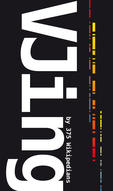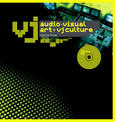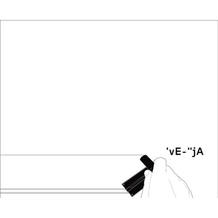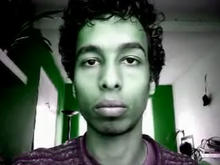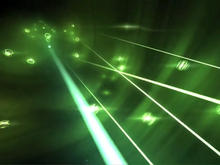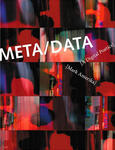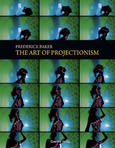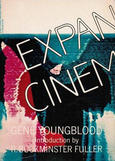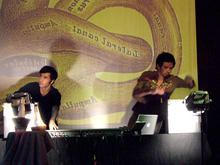Monolake: Infinite Snow Edit II
(2010)by Tarik Barri is an ongoing research project about the exploration of audiovisual surround possibilities in a club context. Surround audio part by Robert Henke (Monolake).
"Monolake Live Surround is an ongoing research project which is about the exploration of audiovisual surround possibilities in a club context. Within this project, Robert Henke (Monolake) does the surround audio part while I work with multiscreen video projections. During the Monolake Live Surround performances, I use two computers which are running an adjusted version of the Versum engine, made specifically for VJ purposes. Via a network connection the computers communicate with eachother and with Robert's music software to generate 3d images which react to the music. Precisely how these images react and how they evolve over time is something I control live. This enables me to directly and intuitively respond to the music and create a continuous flow of moving images which perfectly fit the moment. Oh, and please don't mind the sound quality of these video fragments: the music actually sounds really cool when you're really there!"
Source: Tarik Barri's website
